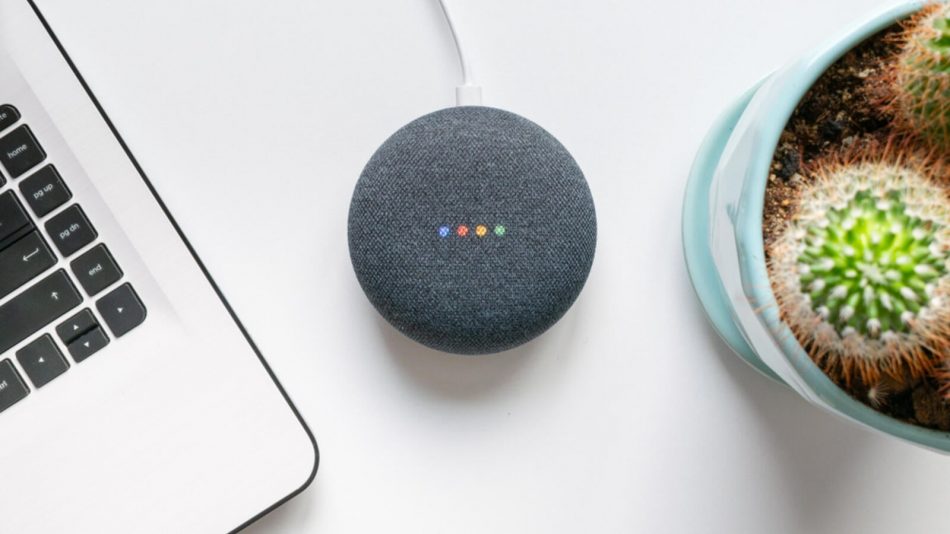Technology
There has been no era like ours for the rapid development of technology. Stay updated on the hottest trends and advancements from all over the world.

This lamp is designed to help people with dyslexia read better
The precise causes of dyslexia remain a mystery, though research out of France two years ago suggests the condition occurs when someone has two dominant eyes, rather than the usual one. This means letters appear mirrored or blurred, making it difficult to read. Based upon this research, a Read More...

This chatbot helps refugees navigate the legal path to resettlement
For a Syrian refugee in Lebanon who is trying to navigate the legal path to resettlement, it can be difficult to find answers—and overstretched humanitarian organizations can take as long as three months to respond to an email when the demand for help is highest. A new chatbot called Mona, Read More...

Google to donate 100,000 smart speakers to people with paralysis
While smart speakers have made a lot of people’s homes more comfortable, for people with disabilities these state-of-the-art gadgets can be life-changing. The hands-free, intuitive nature of this technology allows people to control light switches, thermostats, locks and more with just their Read More...

The tech from self-driving cars could help prevent wildfires in the future
Last year, California had its most destructive and deadliest wildfire year on record. Increasingly dry, warm, and windy weather conditions wrought by climate change are a big reason why. But the immediate cause is often power lines: Downed lines that come into contact with nearby trees can create Read More...

Google is predicting wind patterns a day in advance so grids can rely on it more
Wind power has become increasingly popular, but its success is limited by the fact that wind comes and goes as it pleases, making it hard for power grids to count on the renewable energy and less likely to fully embrace it. While we can't control the wind, Google has an idea for the next best Read More...

Mexico’s 3D-printed neighborhood for impoverished families is coming to life
On May 13th of this year, the top story of the Optimist Daily was about a nonprofit called New Story that had plans to build the world’s first 3D-printed neighborhood for poor people in Latin America. Well, we’re excited to tell you that the first homes of this neighborhood have been Read More...

How virtual reality is helping patients conquer their fears
Technology has reached a point where it feels as if we are truly living in the future. A testament to that is the fact that virtual reality is on-track to receiving FDA approval for the treatment of a variety of anxiety disorders. Virtual reality is being used as a tool for exposure therapy, an Read More...

An algorithm that screens for heart failure is getting fast-tracked by the FDA
An algorithm has been developed that makes screening for heart failure more accessible—both in traditional clinics and telehealth settings. The algorithm, which was created by digital health company Eko and Mayo Clinic, can use as little as 15 seconds of electrocardiogram (ECG) data to Read More...

Conservationists are using a cool AI database to protect wildlife
As part of researching wildlife habitats, conservationists use sensor devices called camera traps to identify which species are living in certain areas. Though these cameras can be extremely useful, they take hundreds of thousands of pictures that often don’t actually feature any wildlife. Read More...

This incredible AI-powered leg helps amputees by thinking on its own
Prosthetics have come to life in a variety of ways, with recent evolvements looking more like a sci-fi depiction of the future. And most of this technology is designed to mimic our body and bring back the function that was lost. But what if we went further? What if instead of relying on our body to Read More...


